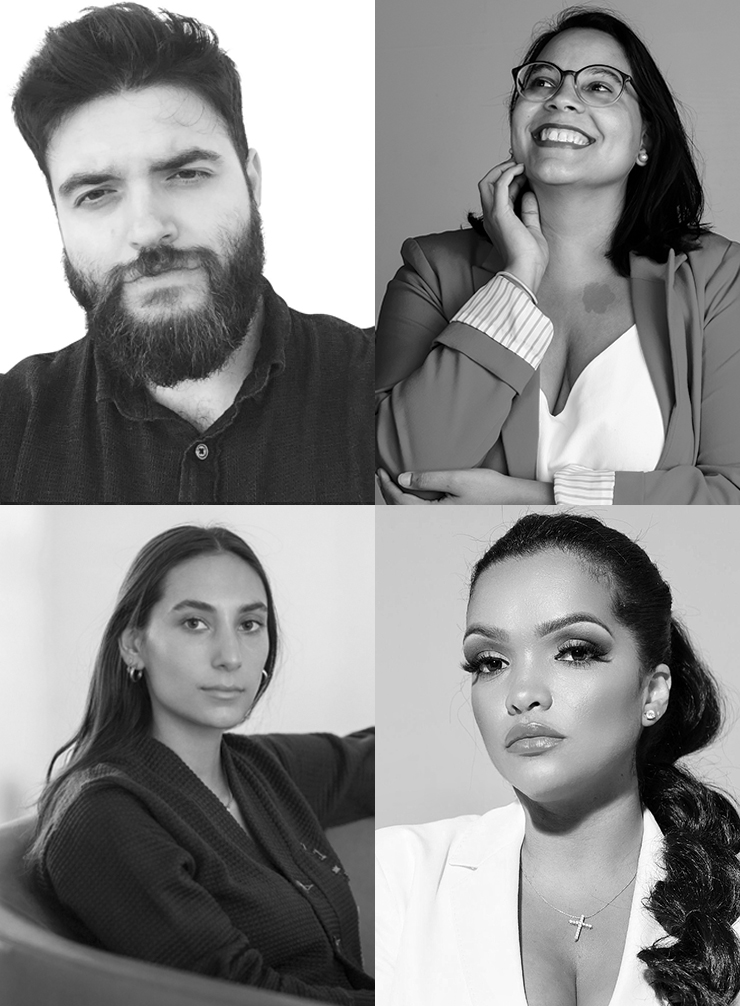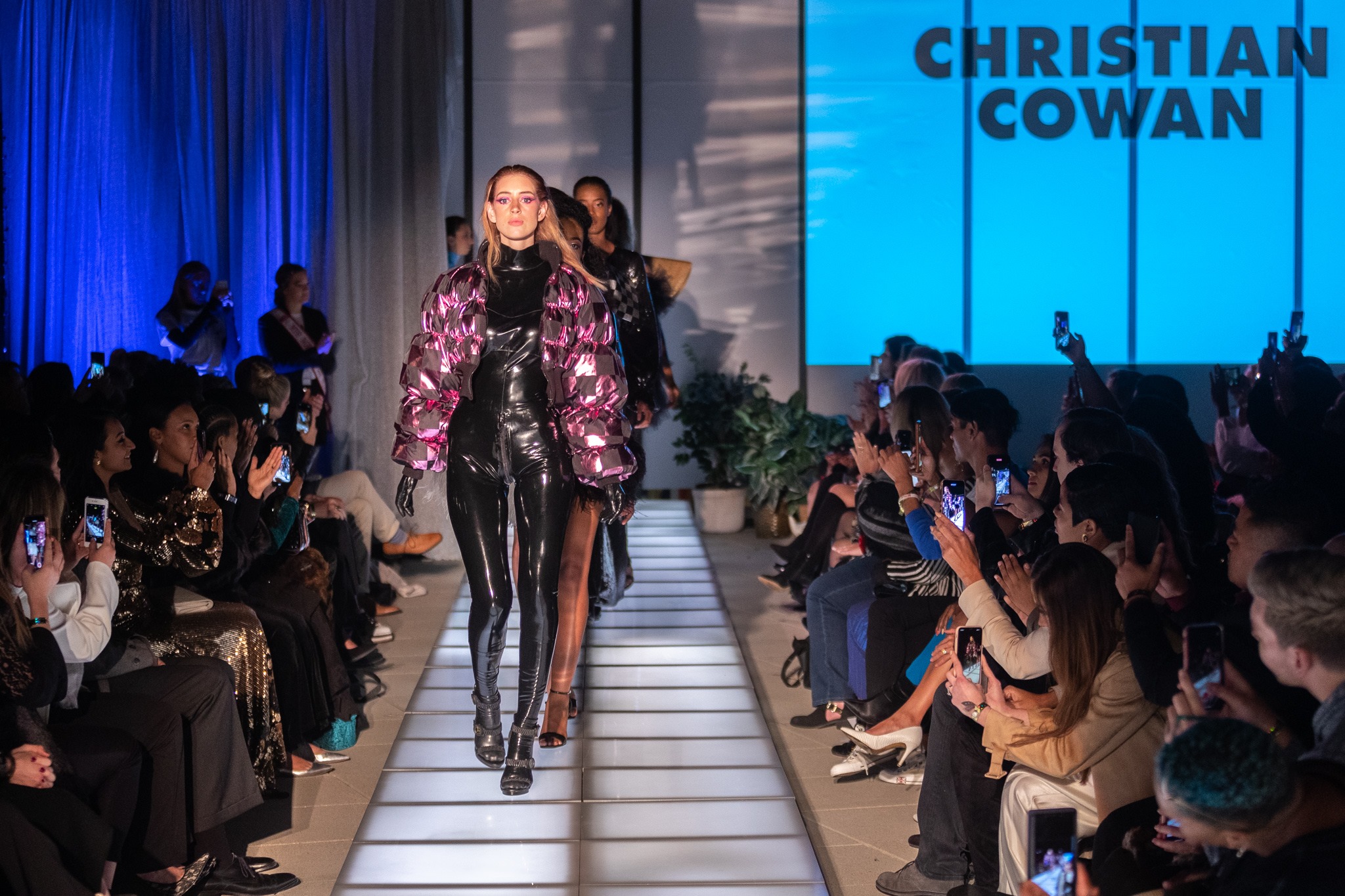As a child, Nigeria-born, Canada-raised designer Esé Azénabor-Grembowski’s genuine curiosity swung a different way. Inspired by the mother of her childhood best friend and the gorgeous dresses she uniquely designed for her daughter, Esé became fascinated by garments and how someone could produce something so magnificent out of a piece of fabric. By age nine, life started speeding up: she and her sister were at boarding school in London when her parents showed up one day telling them that they were moving across the world, near Toronto in Kitchener, Ontario where they established roots before moving to Windsor, Ontario, where she studied at the University of Windsor.
It wasn’t until she moved to the U.S. some 10 years ago that she eagerly chose to pursue her lifelong dream as a designer. Today, Esé Azénabor is a wife, mother, a self-taught designer and business owner based in Dallas, Texas. Her ultimate goal is to empower women through fashion, and since her line’s 2012 launch, she’s done exactly that, with her intricate designs worn by prominent stars like Taraji P. Henson, Tyra Banks, Michelle Williams, country star Kelsea Ballerini, Latin superstar Thalia, Vivica A Fox, and more. We speak with her to learn more about her unique journey to success.
I read you’re self-taught and have been designing since you were eight years old. Would you mind telling us more about this?
Well, while most kids were naturally playing outside, doing things that kids typically do, I was in my house playing with fabric. I don’t remember all that I was doing at eight years old, so many of the stories came from my parents. I do, however, remember my learning process, including me getting into a lot of trouble. I constantly grabbed my mother’s expensive clothing out of her closet and took them apart to learn more about the patterns and how they were designed. It was a lot of trial and error of me saying, “hmmm, what I’m doing isn’t working; let’s see how the person who designed my mother’s clothes did it.” I was taking jackets apart, ripping the seams, and taking the pattern out. As you can imagine, my mother was pissed.
From accounting to design…what was it that inspired you to change your course in terms of a career?
Accounting was never my dream at all. Coming from a Nigerian background, you are forced to have direction in life. It would be best if you chose a career that your parents are proud to share with other people, i.e., a doctor, lawyer, or engineer. Accounting isn’t even on the standard list of jobs for your parents, but at least they can say it out loud and be a little bit proud. Accounting fell in my lap. Honestly, I got an A in the class one time, and I understood the material, so I was like, okay, I guess this is it. I am glad I went down that path because it’s helped me understand the numbers that come with running and owning your own business. Many designers and creatives fall short on that end when it comes to being an entrepreneur, so it was an advantage when I started. Many people have talent but lack business skills, and that’s where most of us fail.
As far as the career change, as you can imagine, design is not on the list of careers your parents are hoping you pick. I can’t speak to everyone’s experience as an African from Africa, but back home in my area of Nigeria – in Benin, to be exact –it was kind of frowned upon to make your own dresses or clothing because your parents couldn’t afford to purchase you anything. It essentially meant you were poor, and no one wants to be looked at as that. Unfortunately, I carried that with me through my beginning stages when I was in college, designing for myself. I was ashamed to tell people that I made the clothing I was wearing when people would ask where I got them from until my friends made me realize I was missing out on my calling. Moving to Dallas and not having my family hovering over my back allowed me to let loose and take a risky move on myself.
Why did you choose to do haute couture?
I ask myself this specific question every day. Why did I choose the most expensive part of design lol? It all goes back to the clothing being handmade. Truthfully, I didn’t learn to use a sewing machine properly until about six or seven years ago. My first collection was produced by hand, which is why it took over a year to complete. I know how to perfect the proper lining by hand, so I stayed clear of the sewing machine because I don’t really like modern technology, and sewing machines just seemed like another complicated roadblock. The threading, the techniques, and so forth, I love working with my hands. When I started, I wasn’t aware of how costly it would be to transform this into a business. The money, time, and overhead to cover employees are astonishing, but I’m thrilled I went this route.



